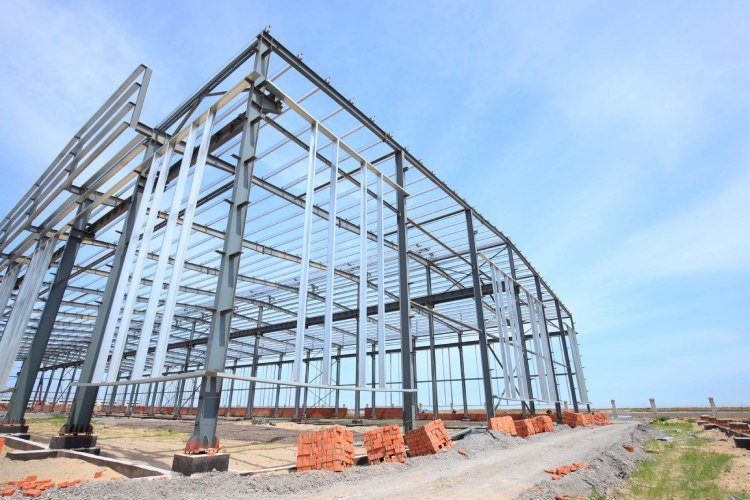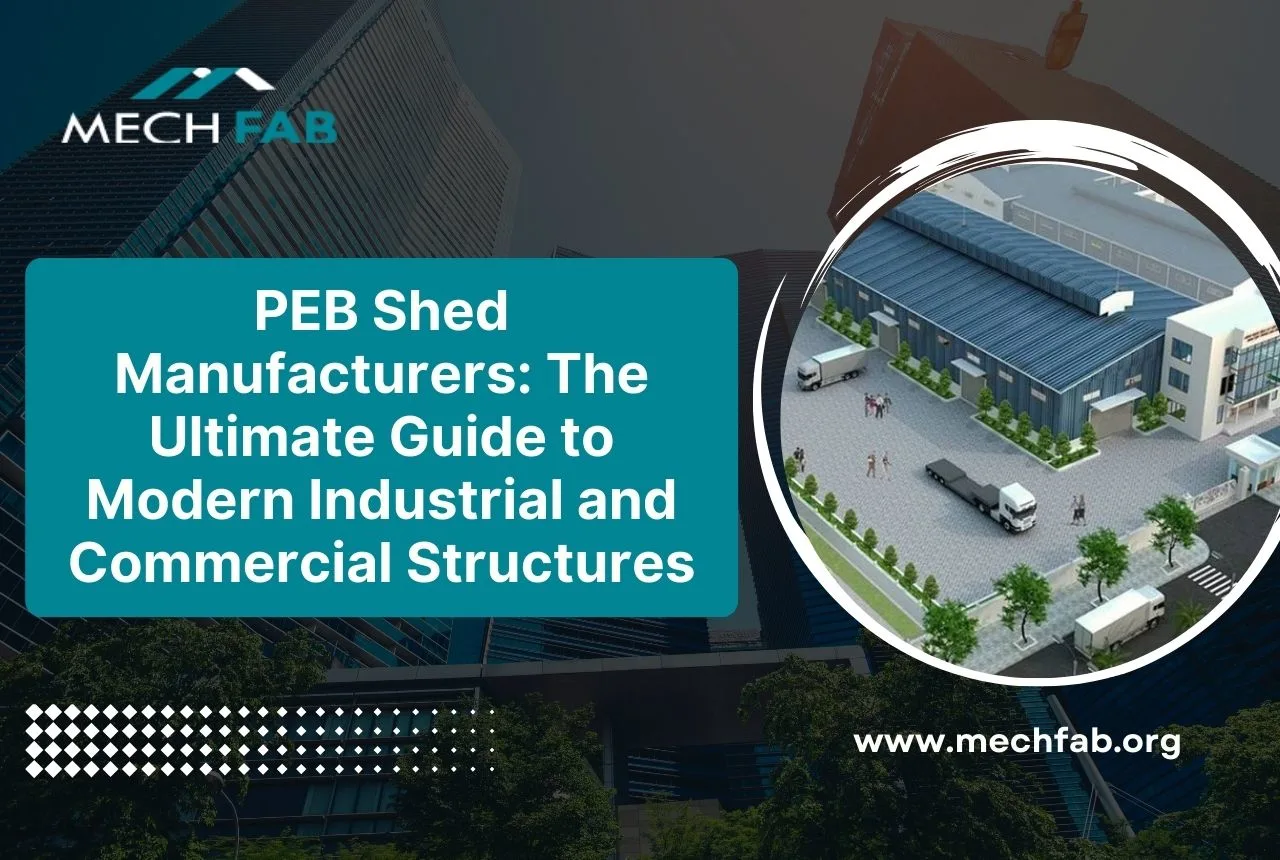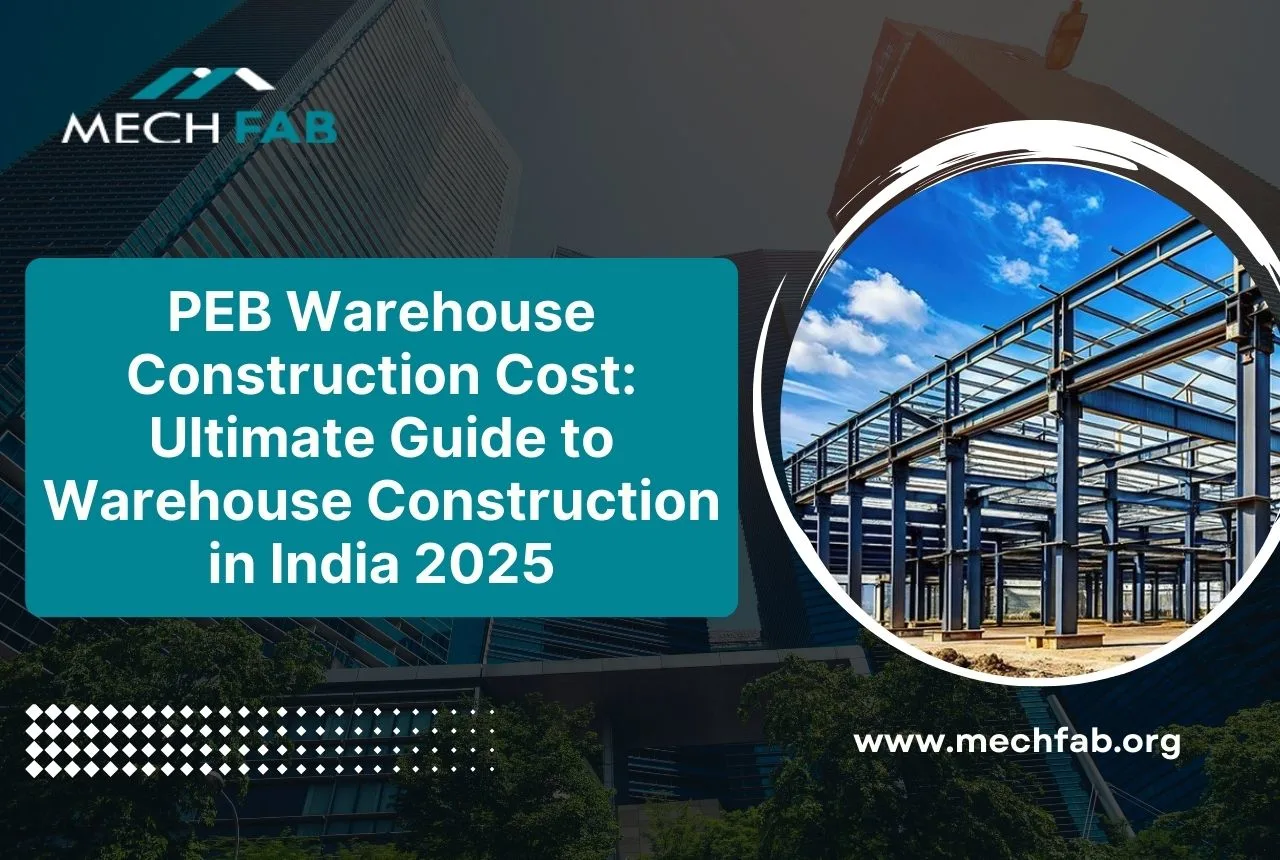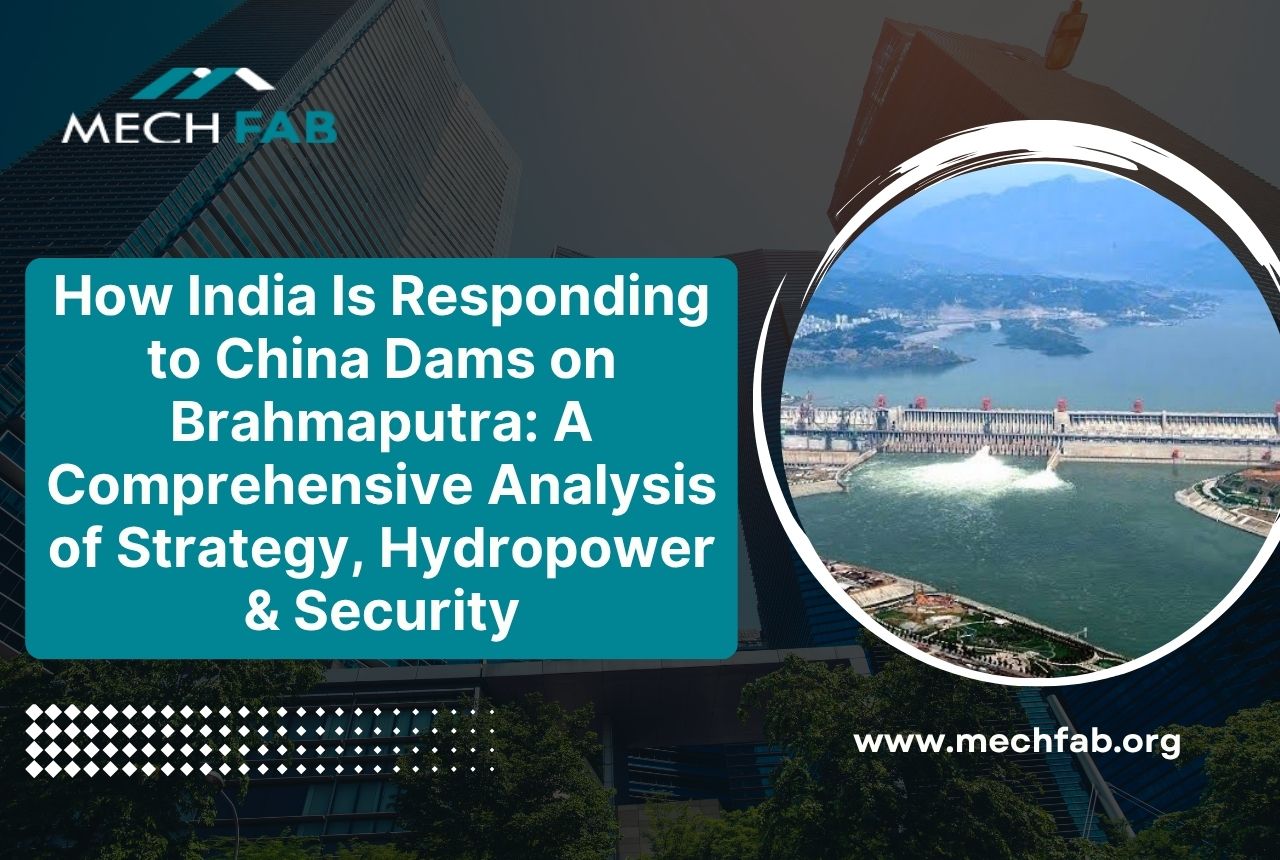With the rise of pre engineered building structures, or PEB structures, the construction industry is rapidly evolving, and it proves to be one of the most prominent advancements.
As the demand for sustainable, efficient, and cost-effective structures grows, PEBs have emerged as a revolutionary solution.
What is a Pre-engineered building?

A Pre engineered building, often referred to as PEB structures is an engineered structure designed by creating a steel structure drawing and fabricated off-site before being transported and assembled on the construction site. These buildings offer a range of advantages, including rapid construction, cost-effectiveness, design flexibility, and sustainability. PEBs are primarily made of steel. It combines the strength of steel with clever engineering to create structures that can withstand earthquakes and hurricanes.
Here are some examples of PEBs; warehouses, factories, stadium structures, railway auditoriums, cold storage spaces, steel bridges, etc.
Optimized Steel Structure Design
At the core of a pre-engineered building lies a well-optimized steel structure design. These designs incorporate advanced engineering principles and cutting-edge software, ensuring a maximum strength-to-weight ratio. By leveraging the inherent properties of steel, peb structures can withstand harsh environmental conditions, seismic activity, and extreme weather events. Moreover, the design flexibility of PEBs allows for customization to meet specific project requirements.
Advantages of Getting a PEB structure
- PEBs are known for their rapid construction process. The time efficiency enables the faster design of the PEB structures, reducing labor costs and minimizing disruptions to surrounding areas. Whether it’s a warehouse, factory, or commercial building, PEBs offer unmatched speed without compromising quality.
- PEB sheds offer versatility in design and functionality. Whether it’s an agricultural storage facility or an industrial warehouse, PEBs can be tailored to meet specific requirements. PEB sheds represent the future of construction, combining optimized material usage, cost-effectiveness, longevity, and energy efficiency.
- Steel Connections and Structural Integrity: The strength and structural integrity of PEBs rely on robust steel connections. These connections play a vital role in ensuring stability and safety. PEBs achieve high resistance to forces such as wind, seismic activity, and heavy loads. Steel connections also contribute to the ease of assembly and disassembly, enabling future modifications or expansions.
Design of PEB structure
The design of a Pre-Engineered Building (PEB) structure is a symphony of creativity and engineering tactics. Like an architect’s brush strokes on a canvas, the design brings to life a harmonious blend of strength and functionality.
The structural elements, meticulously crafted with steel, create a seamless masterpiece. Every curve, every beam, and every connection is meticulously planned, ensuring optimal load-bearing capacity and structural integrity. From towering industrial warehouses to sleek commercial complexes, PEBs have proved to be one of the best-constructed structures.
What is the difference between traditional buildings and PEB construction buildings?
Design and Engineering:
Traditional buildings often involve a complex and time-consuming design process. Architects, engineers, and contractors work together to create unique designs from scratch, considering various factors such as structural integrity, material selection, and local building codes.
PEB construction, on the other hand, follows a standardized design approach. The building components are pre-engineered and manufactured in a factory setting, based on an established peb steel structure. This streamlined process saves time and ensures consistency in construction.
Construction Process:
Traditional buildings typically involve extensive on-site construction work. Materials are delivered to the site, and skilled laborers work on assembling the structure from the ground up. This process requires multiple trades to work sequentially, leading to longer construction timelines.
PEB construction, however, utilizes pre-fabricated components that are manufactured off-site. These components are then transported to the site and assembled using a bolted connection system. This results in faster construction and reduced on-site labor requirements.
Customization and Flexibility:
Traditional buildings offer a high degree of customization. Architects and clients have more freedom to create unique designs tailored to their specific requirements. Changes and modifications can be made throughout the construction process, albeit with potential cost and time implications.
PEB construction, while offering some flexibility, follows a more standardized approach. The pre-engineered components have predetermined sizes and configurations, limiting design flexibility to some extent. However, PEB systems can still accommodate a wide range of building types and can be adapted to meet specific needs.
Cost and Efficiency:
Traditional buildings can be more expensive due to the higher labor and material costs associated with on-site construction. The longer construction timeline also adds to the overall project expenses.
PEB construction, on the other hand, can be more cost-effective. The standardized design and streamlined manufacturing process help reduce material waste, labor requirements, and construction time. This efficiency often translates into cost savings, making PEB buildings a more economical option.
Structural Strength:
Traditional buildings can utilize various materials, such as concrete, masonry, or wood, for structural components. The strength and performance of the building depend on the quality of materials and construction practices.
PEB buildings primarily use steel components, known for their strength, durability, and resistance to environmental factors. Steel offers inherent structural advantages, making PEB buildings capable of withstanding harsh conditions, such as earthquakes and high winds.
Also Read: Steps to Build a Pre-Engineered Building and the Mistakes to Avoid.
Why should you choose MECHFAB for PEB construction?
Owning a legacy of 4 decades. At MECHFAB, quality and safety are our unwavering pillars. We construct pre engineered steel buildings with precision and expertise. Our track record of excellence speaks volumes, as we deliver exceptional services to our clients.
Uncompromising commitment to safety: We prioritize the safety and well-being of our employees and clients, ensuring a secure working environment.
Superior quality products: With a track record of excellence, MECHFAB Guwahati is renowned for delivering high-quality products that meet stringent standards and exceed expectations.
Innovative solutions: The team at MECHFAB Guwahati constantly seeks innovative techniques and approaches to provide cost-effective solutions and add value to every project.
Timely project delivery: We ensure that projects are completed and delivered on time with a streamlined manufacturing process and efficient logistics.
Bottom Line
As the construction industry continues to embrace sustainability and innovation, PEB structures will undoubtedly play a vital role in shaping the future. Therefore, with ongoing advancements in technology and engineering, the design and construction of PEBs will become even more efficient and environmentally friendly.






